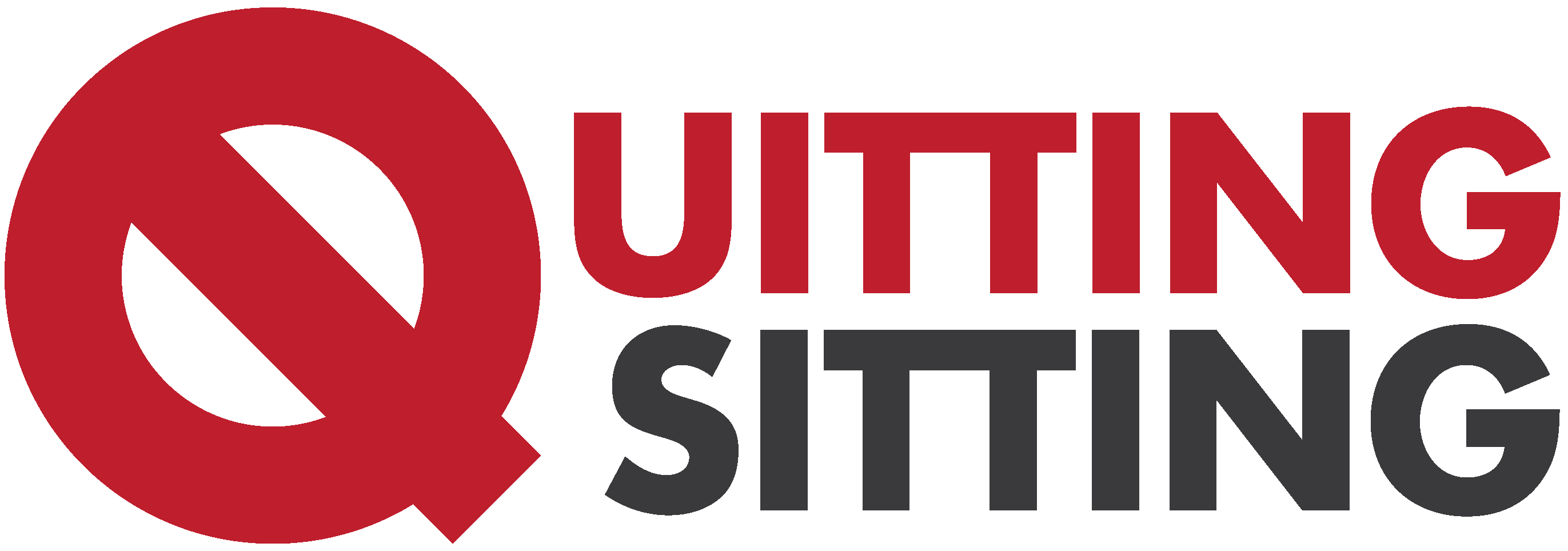About QuittingSitting
QuittingSitting exists to get people focused on healthy ergonomic decisions in every environment. It means less pain and fatigue, better performance and more happiness. And for most people it starts with ditching the office chair. Here’s the full story.
Who Are We?

Kit and Ryan are mechanical engineers with a passion for optimal human living. We’re also mechanical engineers interested in biomechanics. And that all makes ergonomics right up our alley. Isaac is a practicing chiropractor, so he’s intimately familiar with real-life ergonomics.
John is a recovered couch potato turned recovering fitness addict who spent most of his childhood and teenage years sidelined by his chronically painful low back and feet. Today, he pursues practical studies in the manual, movement, and lifestyle therapies that have helped him most throughout his long-term recovery, and works with people of all ages to design scalable, measurable, and sustainable movement practices that support their unique lifestyles.
We honestly spend hours (preferably at awesome campsites) talking about the effects of different postures. Of different patterns and approaches. Of different systems and habits. Of different mindsets.
And we believe ergonomics goes beyond the physical, but it has to start there.
How Did QS Start?
We started QuittingSitting to publish a plan for transitioning from sitting in a chair all day to… well, anything healthier.

The first logo sketches on post-its.
Awareness of the problems with sitting was growing. People wanted to do something else. Standing desks had surged in popularity, and that’s great. But some people were still having issues after switching to standing – and some people even had new issues.
We thought that people had issues because they transitioned wrong. Sitting all day for ten years, then abruptly switching to standing all day does not a healthy human make. And we were right. Our transition plan really improved the situation.
We were right, but we learned there was more to the story. There are better and worse ways to stand, and lots of seemingly little stuff that no one talks about that can have a huge impact.
Those important things had to be shared. So the site went from a transition plan to a transition plan plus a blog.
As we’ve worked, we’ve realized that healthy ergonomics goes beyond how you stand. It goes beyond how you structure your workspace or even your time in the office. It goes beyond your simple body. We’ve found that ergonomics is deeply connected to the performance of your mind and your emotional health.
And that’s why QuittingSitting goes beyond just standing up.





Be First to Comment